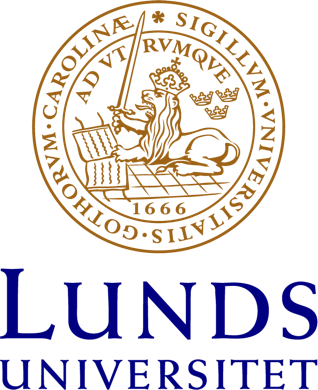The Sedimentation and Motivation Model in an Ecological Theory of Metaphor
Jordan Zlatev (Cognitive Semiotics, Lund)
From a broad ecological perspective, we could raise four desiderata for a theory of metaphor. In fact, these could be mapped to the different aspects of “4E cognition”: (1) it should be “embodied”, in the sense of grounded in the phenomenology of perception and action, (2) it should be “embedded” in sociocultural practices and discourse, (3) it should be “enactive”, in accounting not only for established expressions and constructions but also for emerging novel metaphors, and (4) is should be “extended” beyond the mind of individuals, and beyond a single semiotic mode such as language.
All current theories of metaphor lack in one or more of these aspects. For example, Conceptual Metaphor Theory (Lakoff & Johnson 1980, 1999; Kövecses 2000) claims to fulfill (1) and (4), but does much less well with the other criteria. Discourse Metaphor theory (Cameron & Diegman 2006; Zinken 2007) conversely focuses on (2) and (3), and to some extent even on (4), but is largely limited to language, and neglects (1). Gibbs & Johansson-Falck (2012) attempt a synthesis, but in using the unconstrained notion of “embodied simulation” fail to tease apart “different types of motivations (e.g. embodied, cognitive, linguistic, pragmatic”) for why various words are ultimately used in specific metaphorical ways” (ibid: 268-269).
To remedy this, I introduce the Sedimentation and Motivation model (Zlatev & Blomberg 2016, in press), which (a) distinguishes between three levels of meaning-making: Situated, Conventional and Universal, with (b) sedimentation processes operating top-down, and (c) motivating factors constraining from the bottom. It is at the highest Situated level where metaphors emerge and are at their most creative. Some of these become repeated and may eventually enter the Conventional level (e.g. expressions like fall into a depression). The Universal level, consisting of pan-human features related to embodiment, constrains which of the expressions become recruited, and which get established. However, such motivations are not metaphors per se, as both novel and conventional metaphors require publically accessible signs in language or some other semiotic resource.
With examples of “motion-emotion metaphors” in language and gesture from different languages/cultures I illustrate how the model fulfills the four desiderata for an ecological theory of metaphor.
All current theories of metaphor lack in one or more of these aspects. For example, Conceptual Metaphor Theory (Lakoff & Johnson 1980, 1999; Kövecses 2000) claims to fulfill (1) and (4), but does much less well with the other criteria. Discourse Metaphor theory (Cameron & Diegman 2006; Zinken 2007) conversely focuses on (2) and (3), and to some extent even on (4), but is largely limited to language, and neglects (1). Gibbs & Johansson-Falck (2012) attempt a synthesis, but in using the unconstrained notion of “embodied simulation” fail to tease apart “different types of motivations (e.g. embodied, cognitive, linguistic, pragmatic”) for why various words are ultimately used in specific metaphorical ways” (ibid: 268-269).
To remedy this, I introduce the Sedimentation and Motivation model (Zlatev & Blomberg 2016, in press), which (a) distinguishes between three levels of meaning-making: Situated, Conventional and Universal, with (b) sedimentation processes operating top-down, and (c) motivating factors constraining from the bottom. It is at the highest Situated level where metaphors emerge and are at their most creative. Some of these become repeated and may eventually enter the Conventional level (e.g. expressions like fall into a depression). The Universal level, consisting of pan-human features related to embodiment, constrains which of the expressions become recruited, and which get established. However, such motivations are not metaphors per se, as both novel and conventional metaphors require publically accessible signs in language or some other semiotic resource.
With examples of “motion-emotion metaphors” in language and gesture from different languages/cultures I illustrate how the model fulfills the four desiderata for an ecological theory of metaphor.
